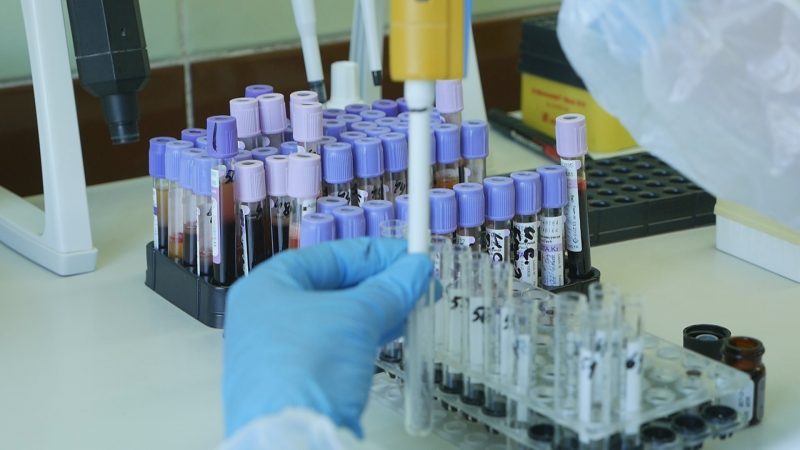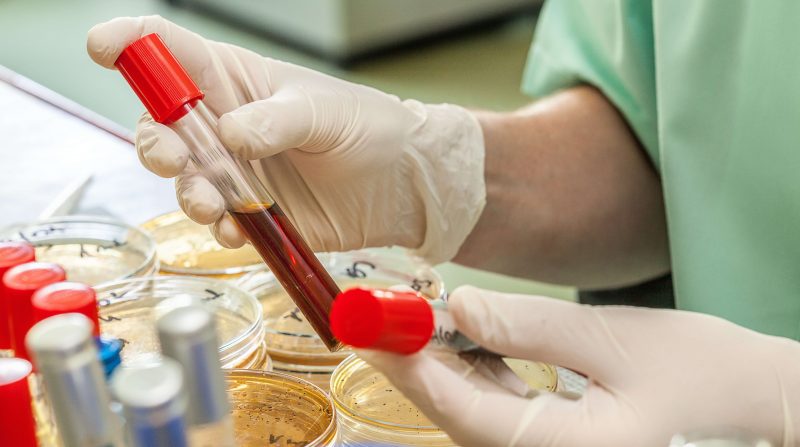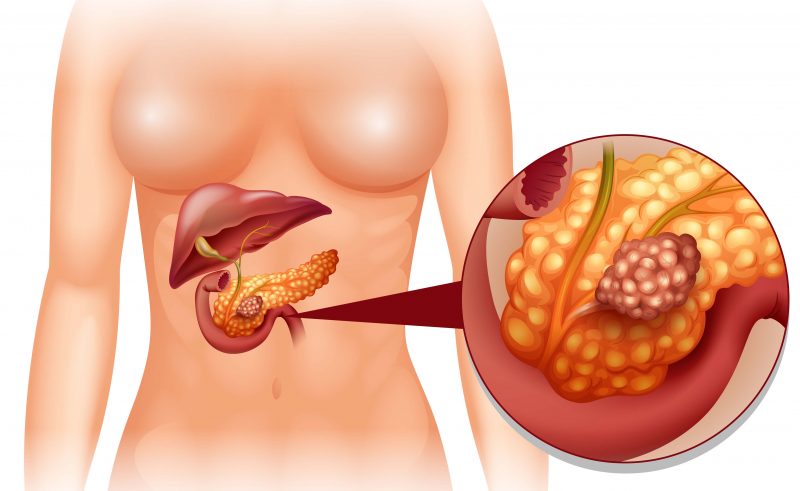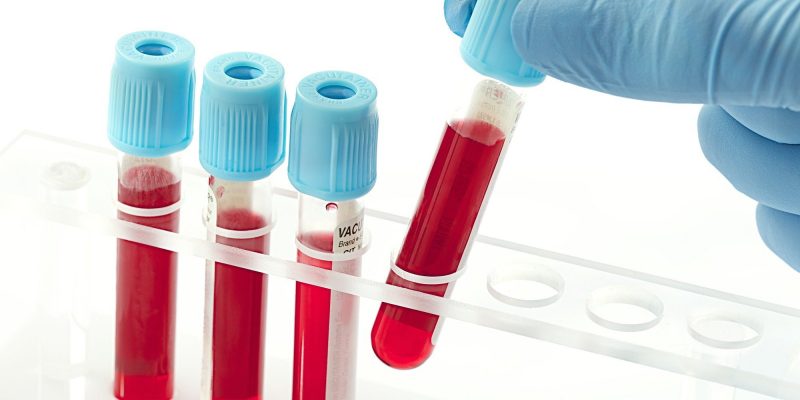In diseases of the pancreas, a patient may be prescribed an examination, which includes pancreatic amylase. This is a very important indicator that helps to find the cause of a malfunction of the digestive tract.
Material Content:
What is pancreatic amylase?
This is an pancreatic enzyme that is involved in the breakdown of carbohydrates. Thanks to this substance, heavy food is digested together with gastric juice, and high-carb food becomes available for the nutrition of cells and tissues. The enzyme is an indispensable component of carbohydrate metabolism, and also takes part in the breakdown of glycogen - an energy source for the body.
The substance is produced by the pancreas, excreted in the urine. It plays not only an important role in digestion, but also in the diagnosis of diseases of the digestive tract, salivary glands.
The norm of the enzyme in the blood in children and adults
The rate of pancreatic amylase depends on the age and gender of the patient. Valid values are from 1 to 50 units / liter.
Note. In women, the concentration of the enzyme may be higher than in men.
Normal values depending on age:
- babies up to 6 months - 1-12 units / l;
- babies aged 6-12 months. - no more than 23 units / l;
- babies 1-10 years old - no more than 31 units / l;
- children 10-18 years old - up to 40 units / l;
- adults and patients over 18 years old - up to 51 units / liter.
Amylase concentration in children is lower than in adults.
For any deviations from the norm, it does not matter, in the direction of decrease or increase, you need to see a doctor. Additional tests will be assigned to the patient to establish the exact cause of the amylase to go beyond normal values.Pancreatic diseases should be treated at the initial stage, then the therapy will be short and effective.
Reasons for increase or decrease
If there are no pancreatic diseases, then amylase is within normal limits. It enters the duodenum 12 and is then excreted by the kidneys. If the pancreas is inflamed, then its excretion slows down, the concentration can increase tens of times.
Pancreatic amylase is increased not only with pancreatitis, but also with other pathologies:
- obstruction of the excretory duct of the pancreas with stone (the peculiarity is that alpha-amylase is normal);
- organ cancer (no more than 4 stages);
- focal pancreatic necrosis;
- benign tumors, cysts;
- adhesions and scars, including after surgery;
- epiparotitis;
- diseases of the organs of the excretory system;
- diabetes;
- biliary tract disease.
In acute pancreatitis, the level of this enzyme in the blood rises very quickly, within 6-48 hours after the onset of the inflammatory process. Concentration can reach 100 U / L. On the first day of the disease, the values are highest, but then a slow decrease occurs, up to the norm on day 3-5.
Note. The level of the enzyme in the blood rises in direct proportion to the concentration in the urine.
The more severe the patient’s condition, the higher the amylase content. In the chronic course of pancreatitis, the indicator is in the range of 70-90 U / L. As the destruction of pancreatic cells, its concentration decreases, since the production of the substance decreases.
If amylase is lowered, then this is also not good, because it is a sign of even greater health problems.
The following diseases can lead to a decrease in this enzyme:
- the last stage of pancreatic cancer;
- cystic fibrosis;
- extensive pancreatic necrosis;
- removal of the pancreas or part thereof;
- tumor diseases.
The number of healthy pancreatic cells decreases, and amylase production decreases accordingly.
Indications for analysis
A blood test for amylase is prescribed for diseases of the pancreas and digestive tract, abdominal pain, and digestion.
Indications:
- acute or chronic pancreatitis;
- cystic fibrosis;
- malignant or benign tumors of the pancreas;
- evaluation of the effectiveness of the treatment of pancreatitis;
- pancreatic surgery (amylase values can detect timely postoperative complications);
- "acute abdomen" syndrome, which is manifested by stitching and cutting pain of unknown origin;
- cholelithiasis;
- pancreatic necrosis (destruction of the pancreas by its own enzymes);
- parotitis.
In diabetes mellitus, hepatitis and other gastrointestinal diseases, the level of amylase can also differ, which is why the enzyme is used in the diagnosis of these diseases.
Note. The biological material for the analysis is venous blood, sometimes urine is additionally required.
To obtain reliable data, you must follow the rules of the study:
- blood is given in the morning on an empty stomach (you can not eat 8-12 hours before analysis);
- the night before, you can’t eat fatty and spicy foods, smoke, you must avoid stress and psycho-emotional backgrounds;
- 2 days before the analysis, any excessive physical activity should be excluded;
- 3 days before the examination, it is necessary to abandon alcohol and medications (hormones, NSAIDs).
Food, medicine, emotional and physical exhaustion can cause false results.
What is the difference between alpha-amylase and pancreatic?
Both substances are involved in the metabolism of carbohydrates and are produced by the pancreas. Pancreatic is a component of alpha-amylase, respectively, its concentration is much lower. Substances can be found in blood and urine.
Alpha amylase is the aggregate of all amylase.Her indications in an adult are in the range of 25-125 units / liter. It is produced not only by the pancreas, but also by the organs of the reproductive system, intestines and salivary glands.
If abnormalities in pancreatic amylase are found, all efforts must be made to recover. Not only medicines are important, but also diet food.

















